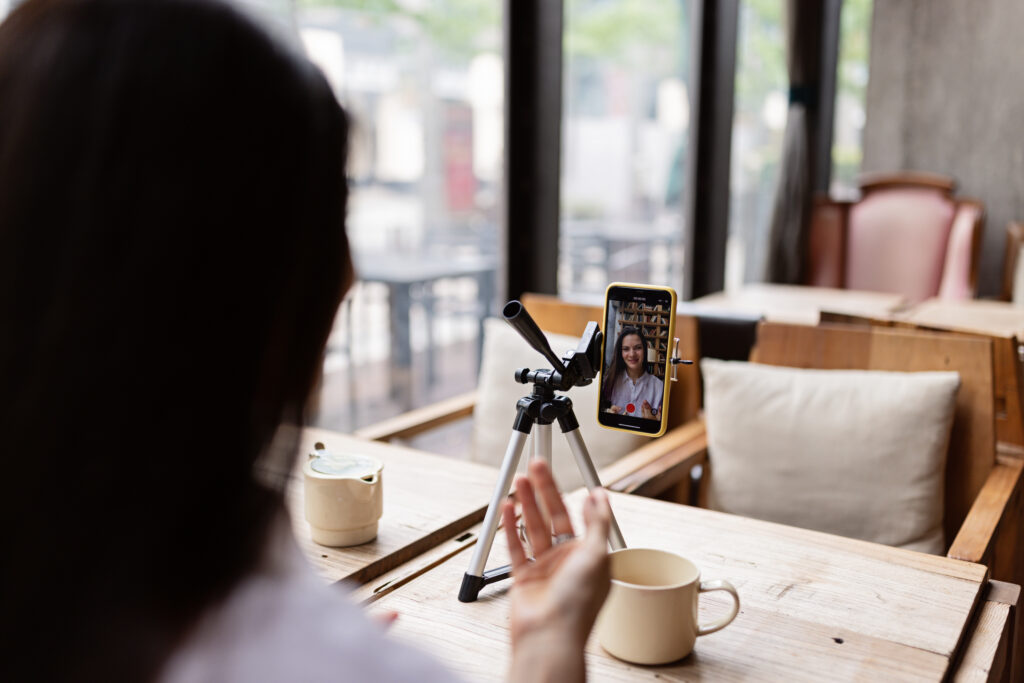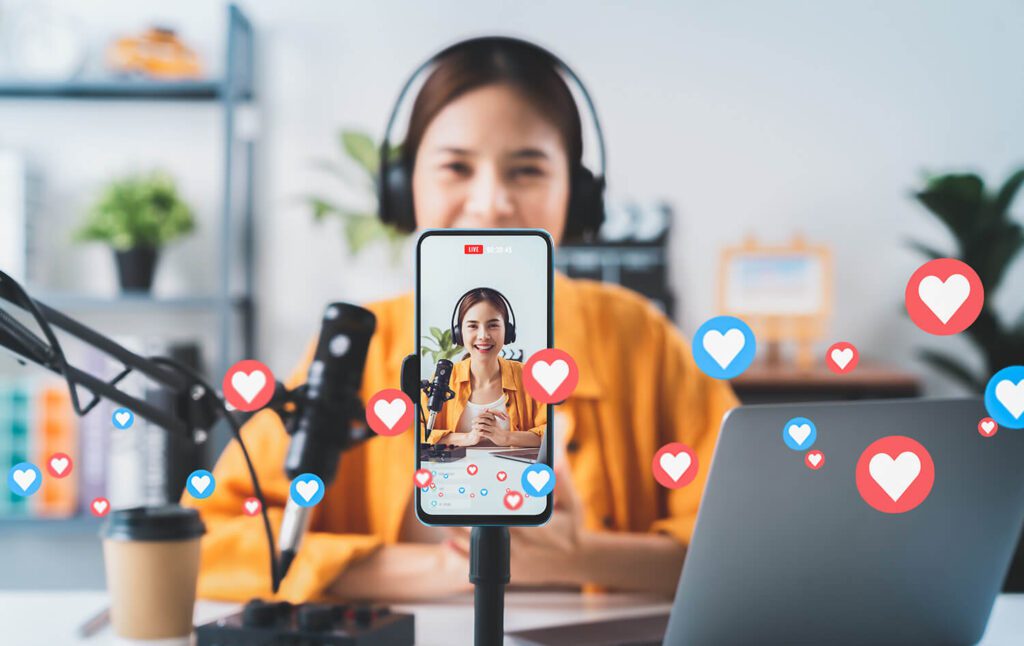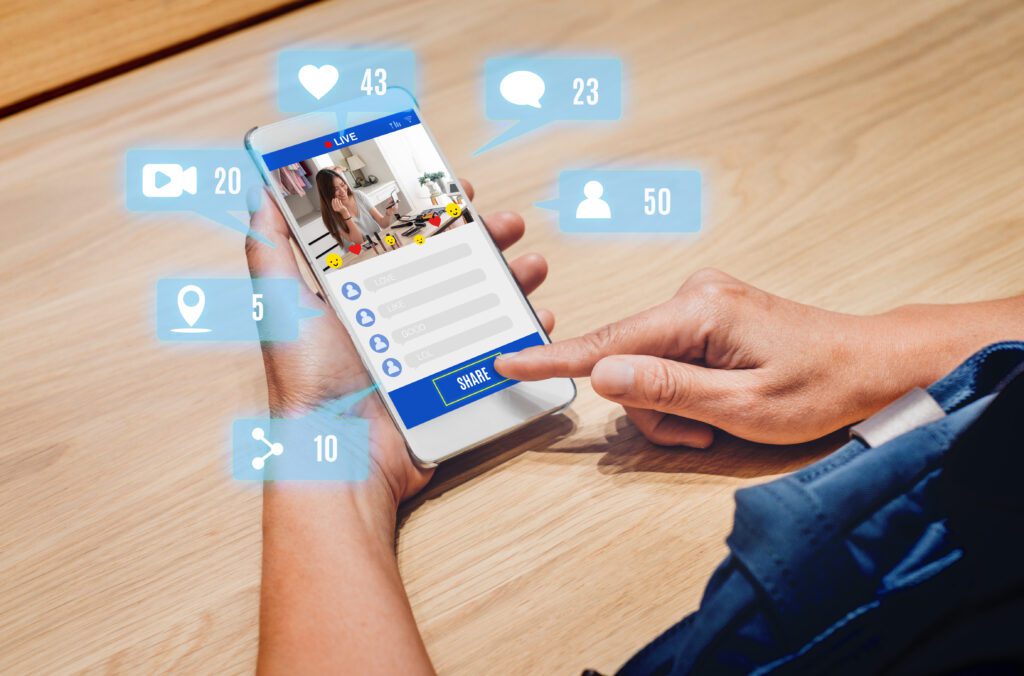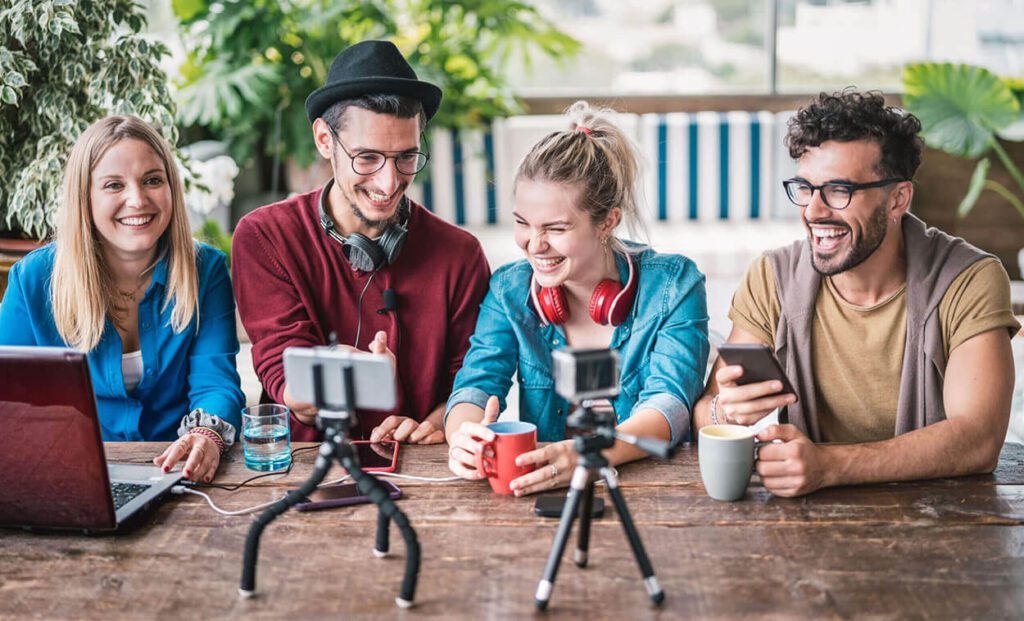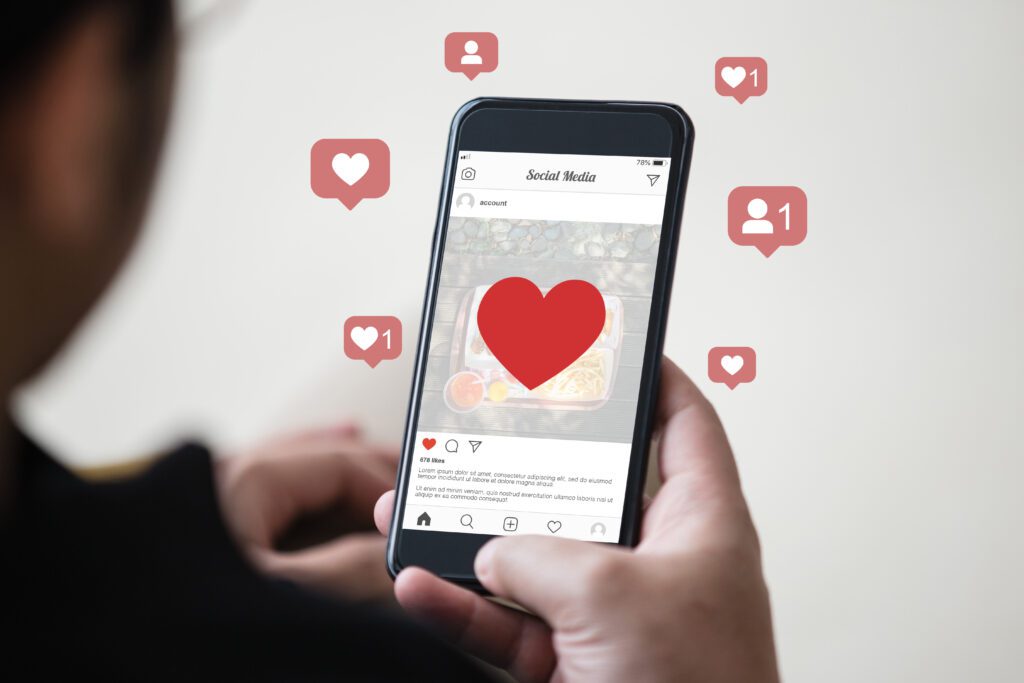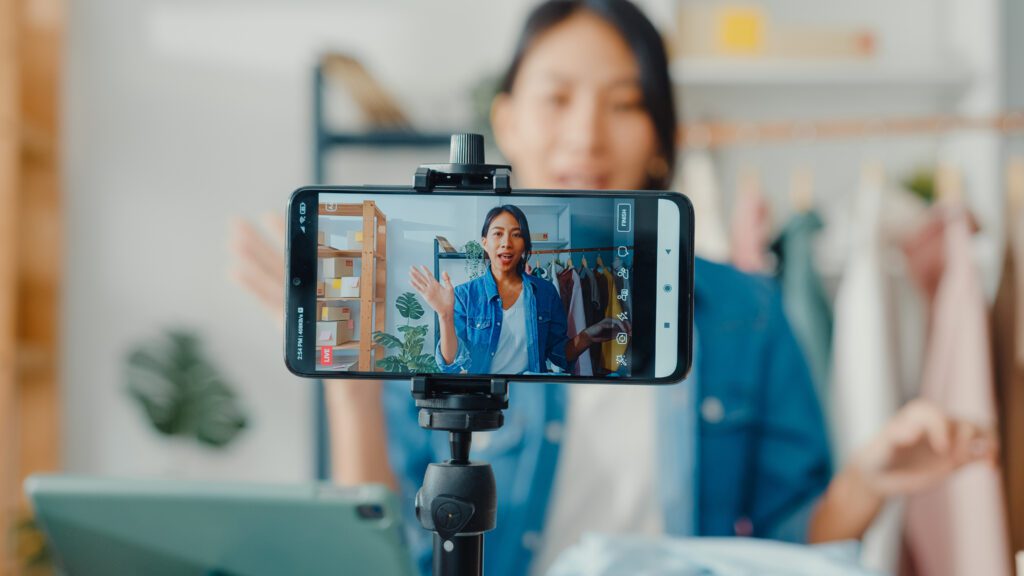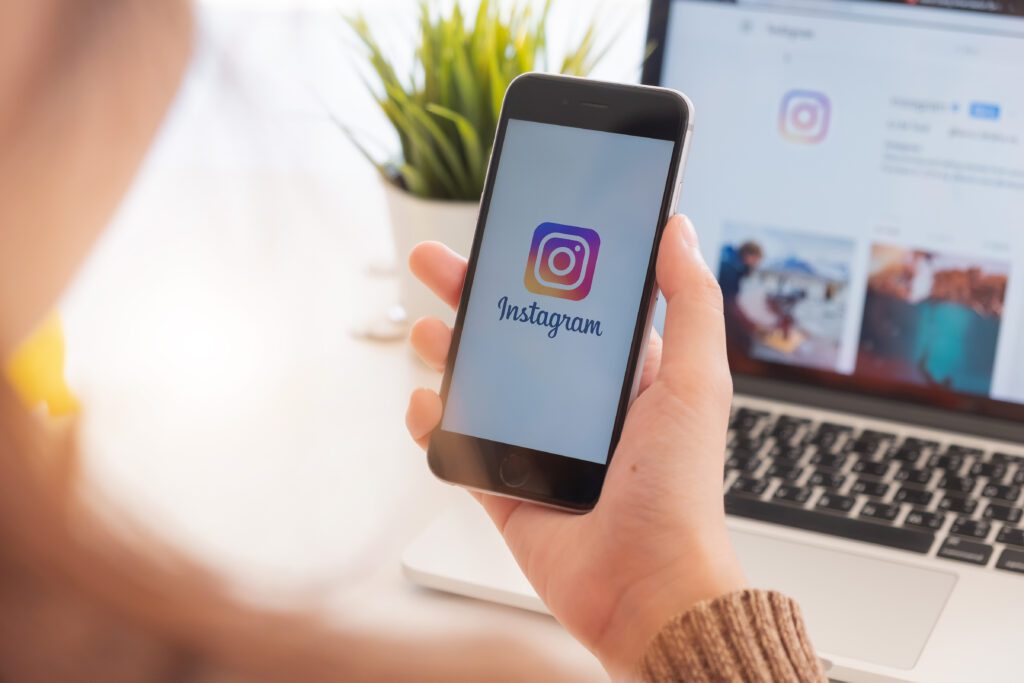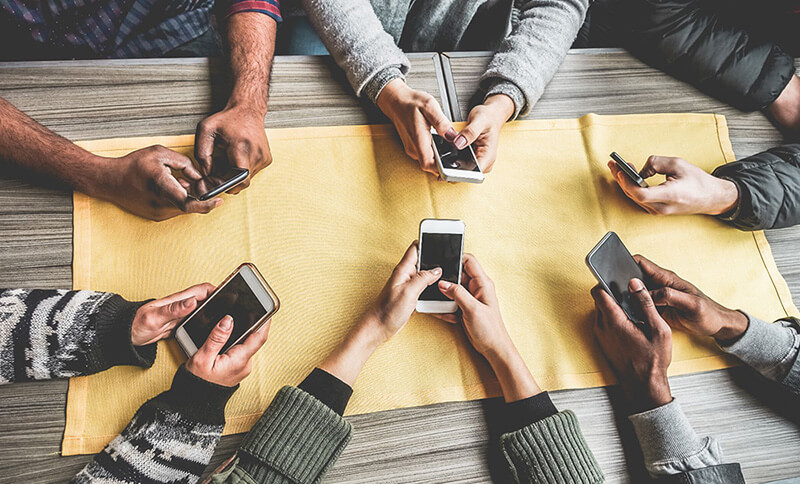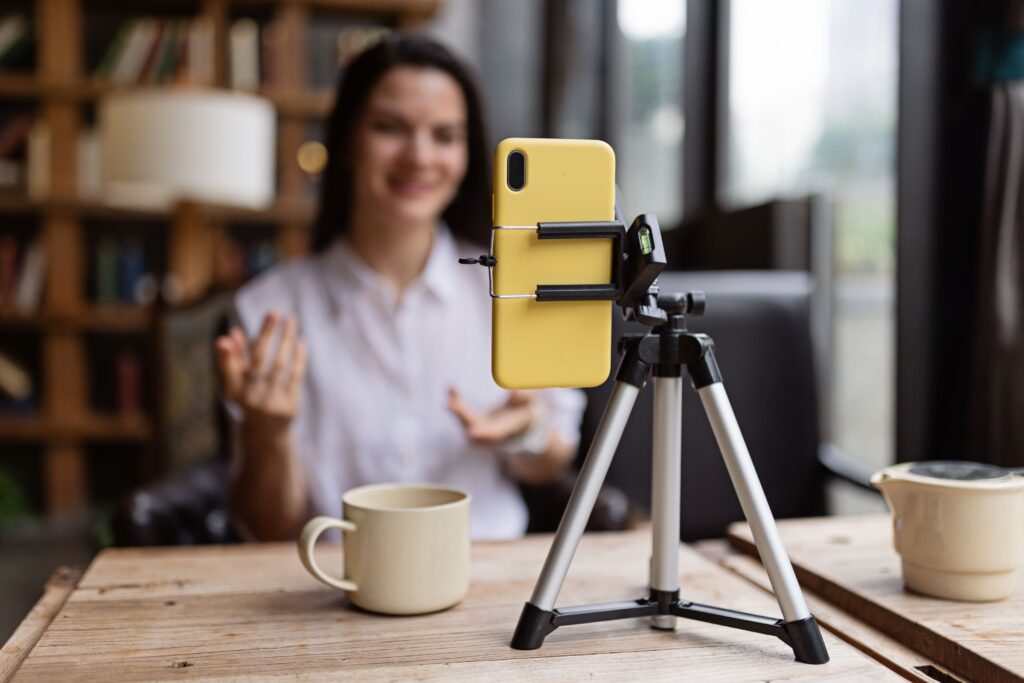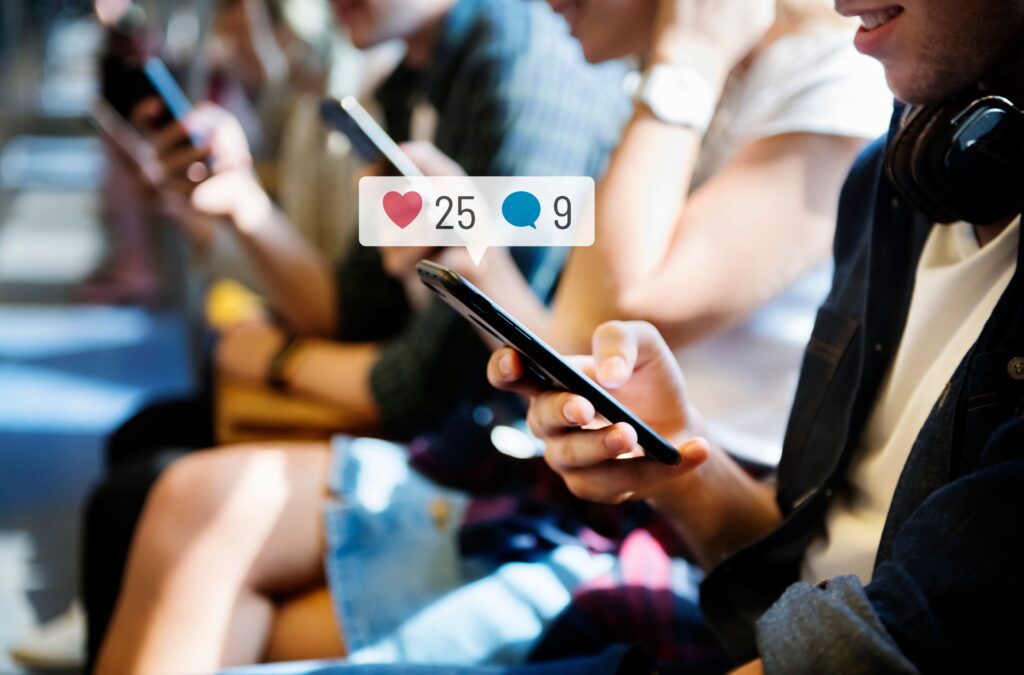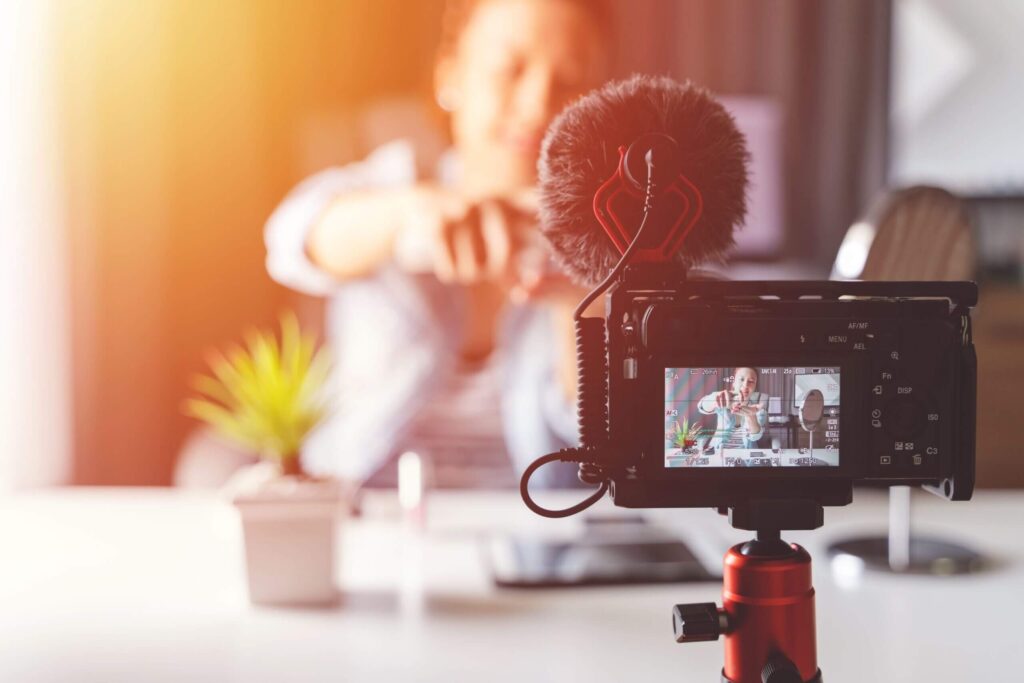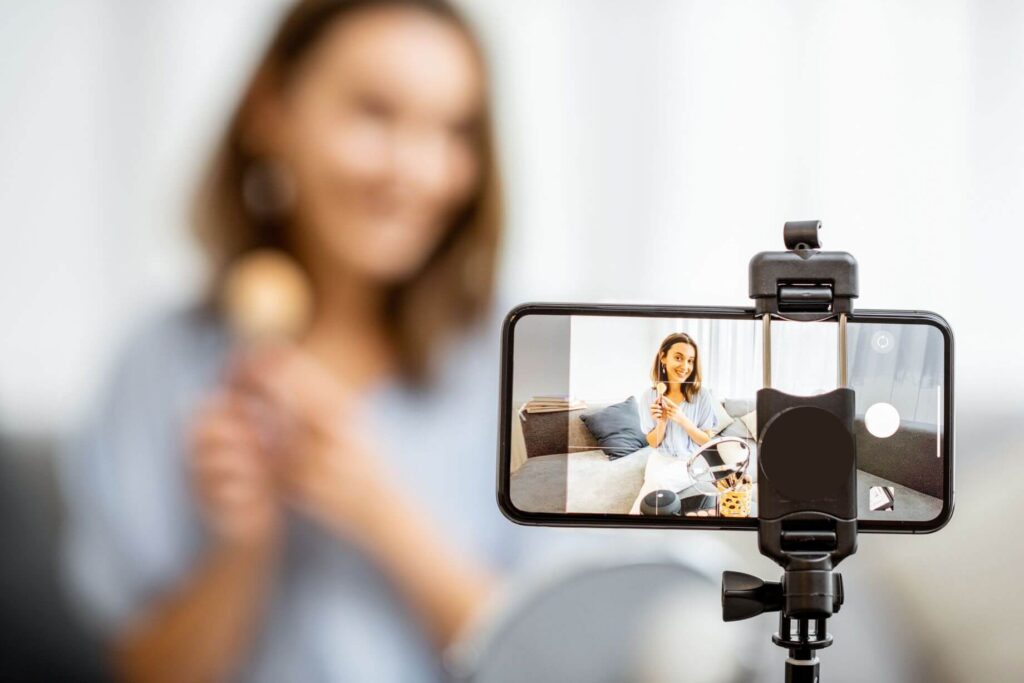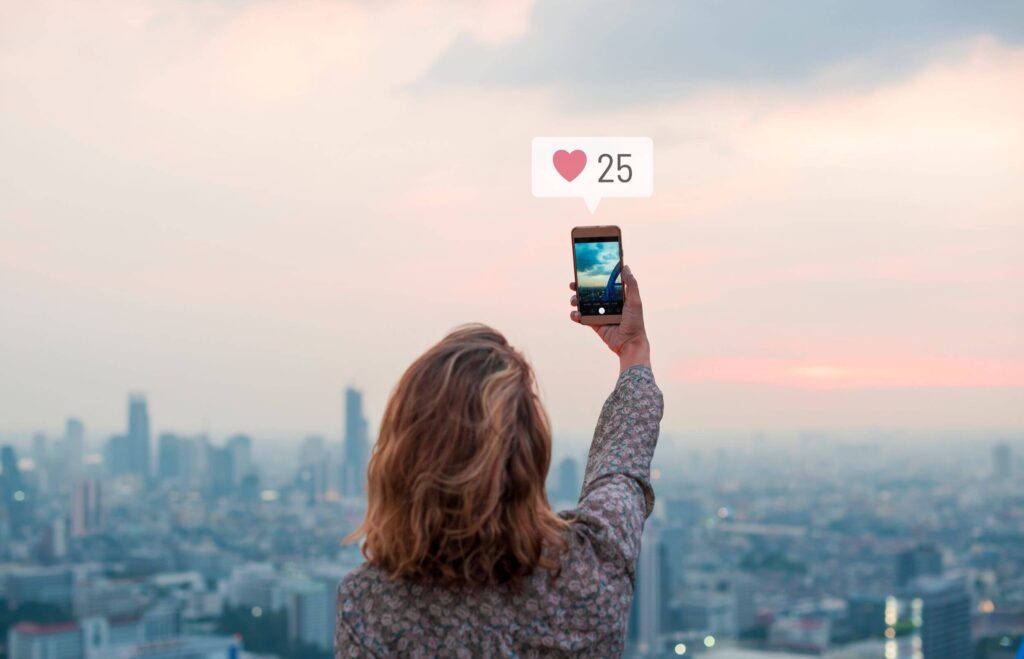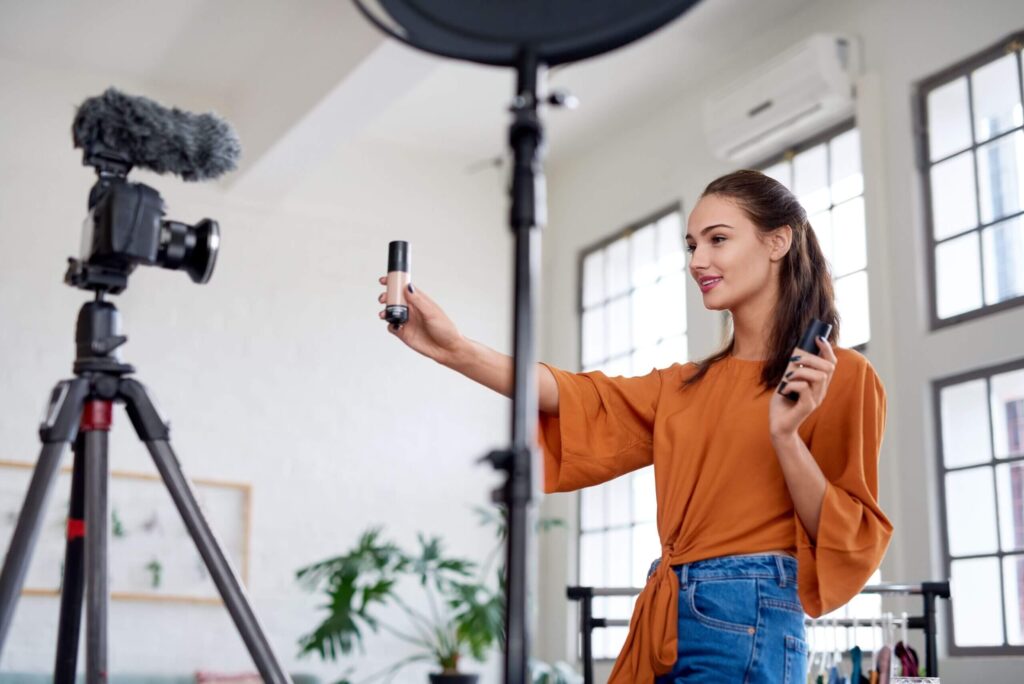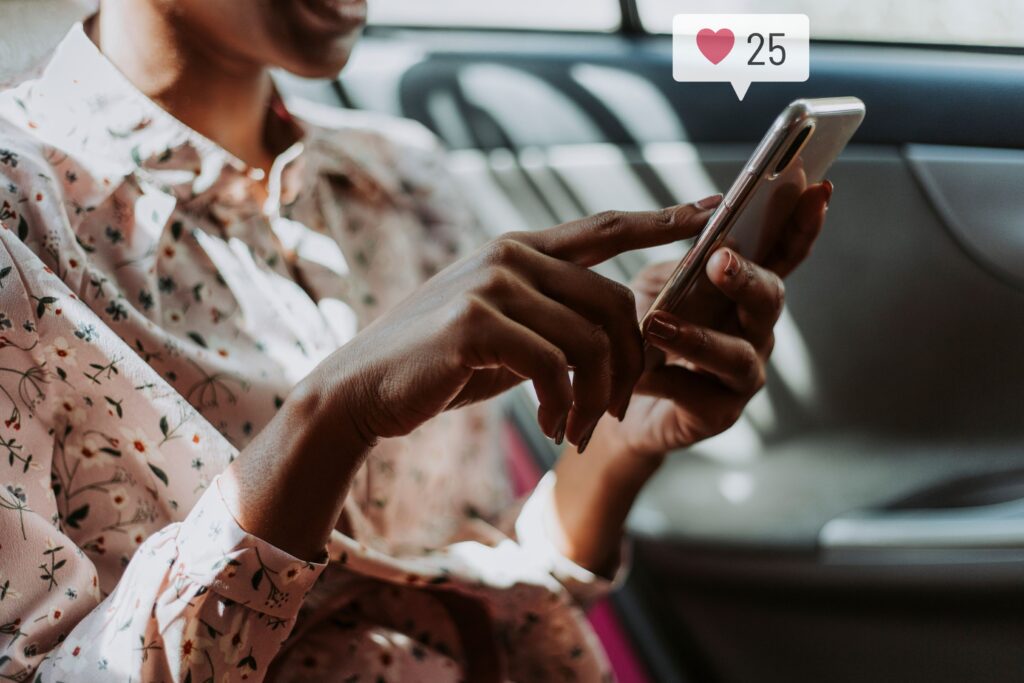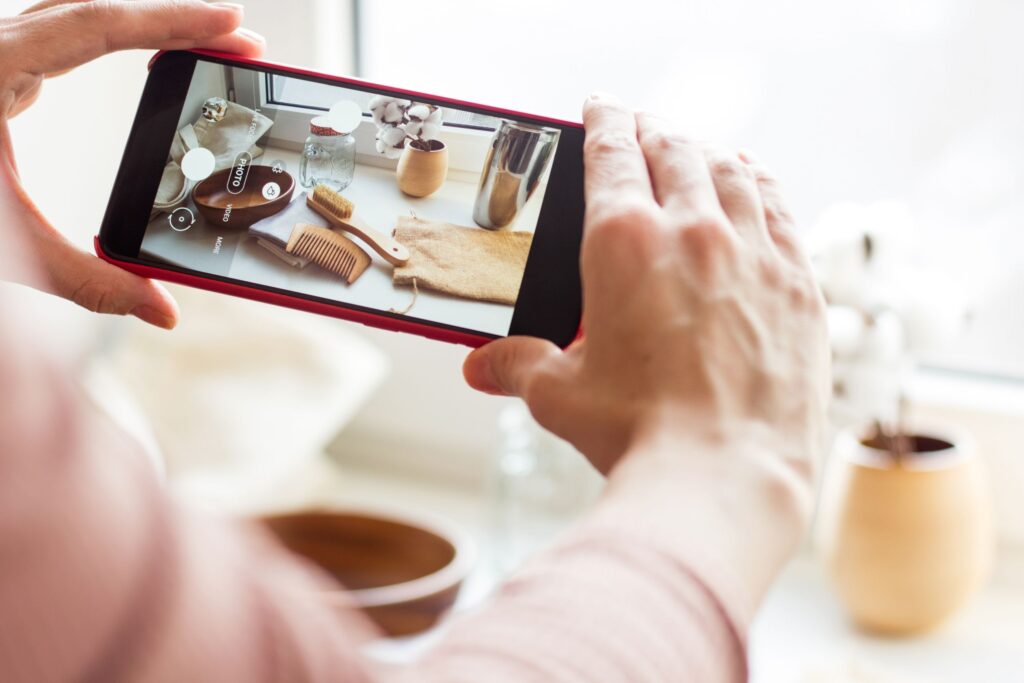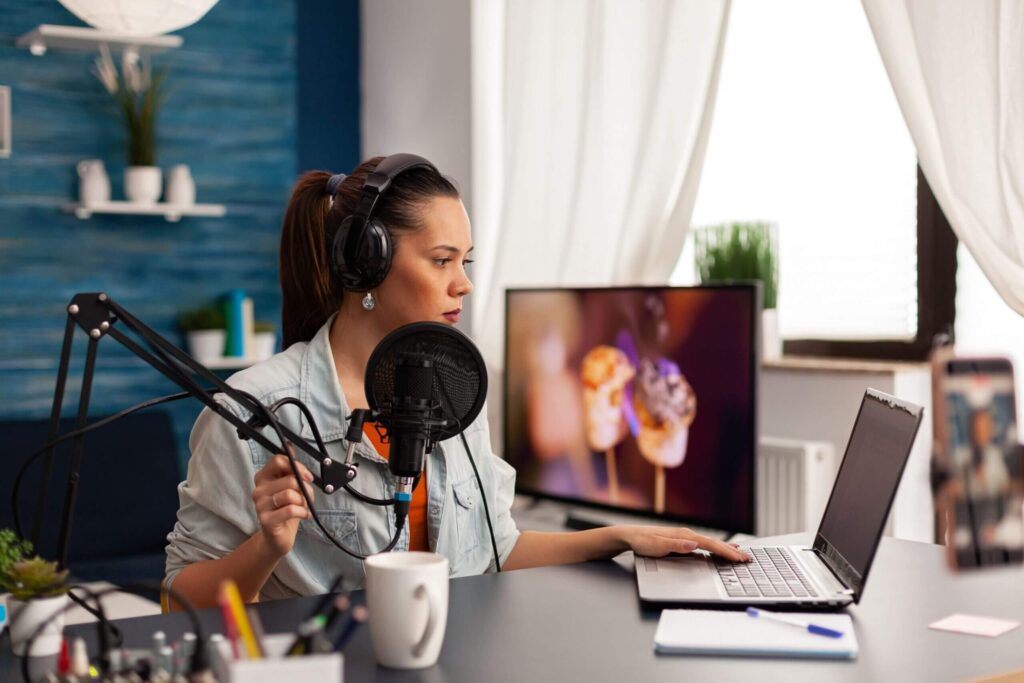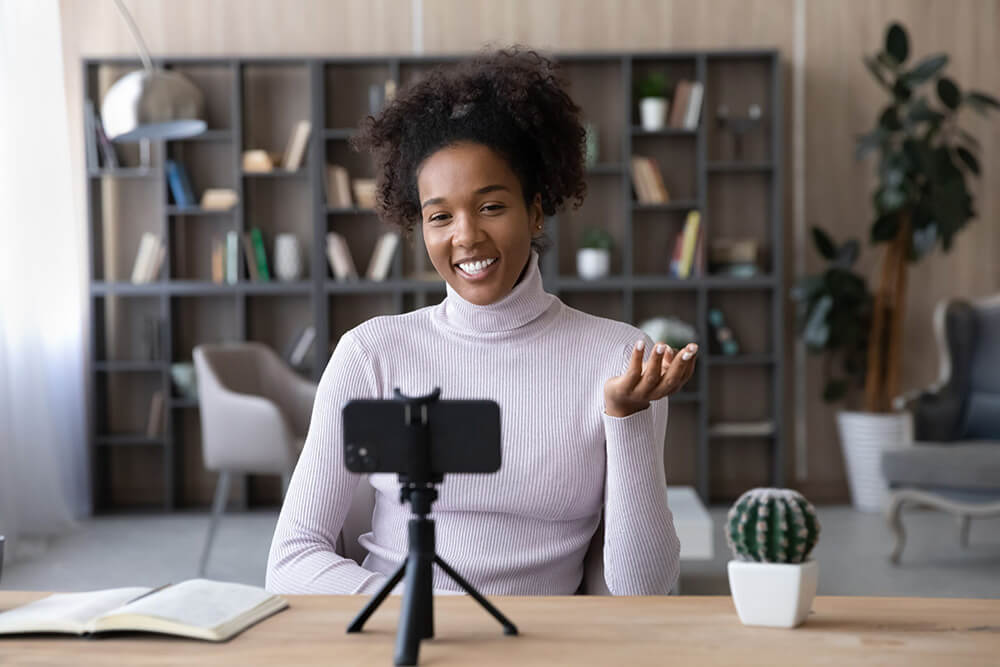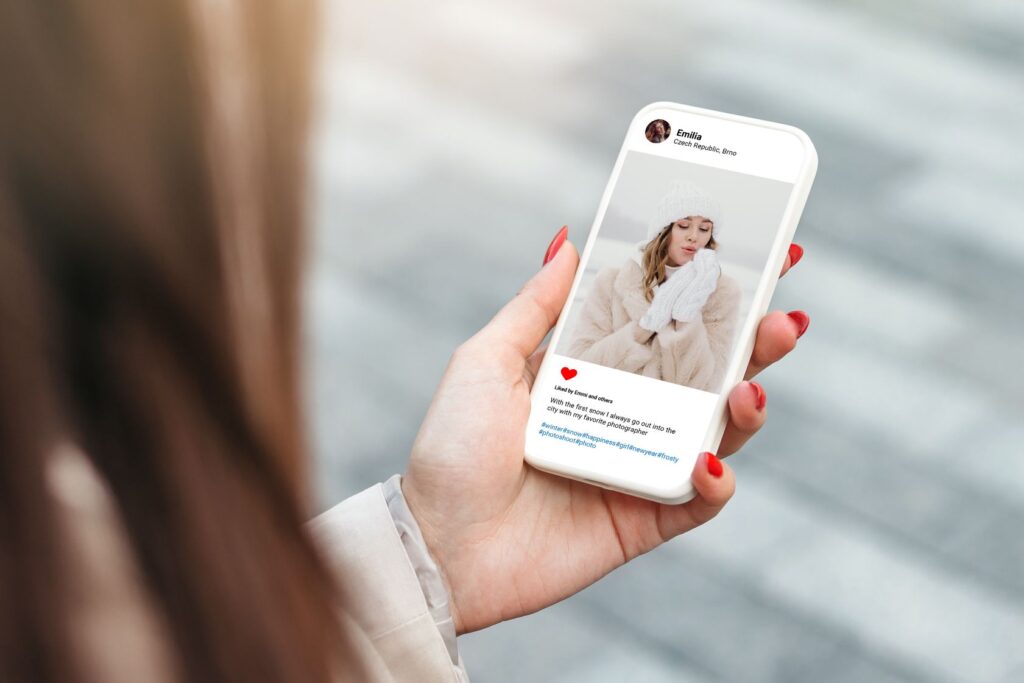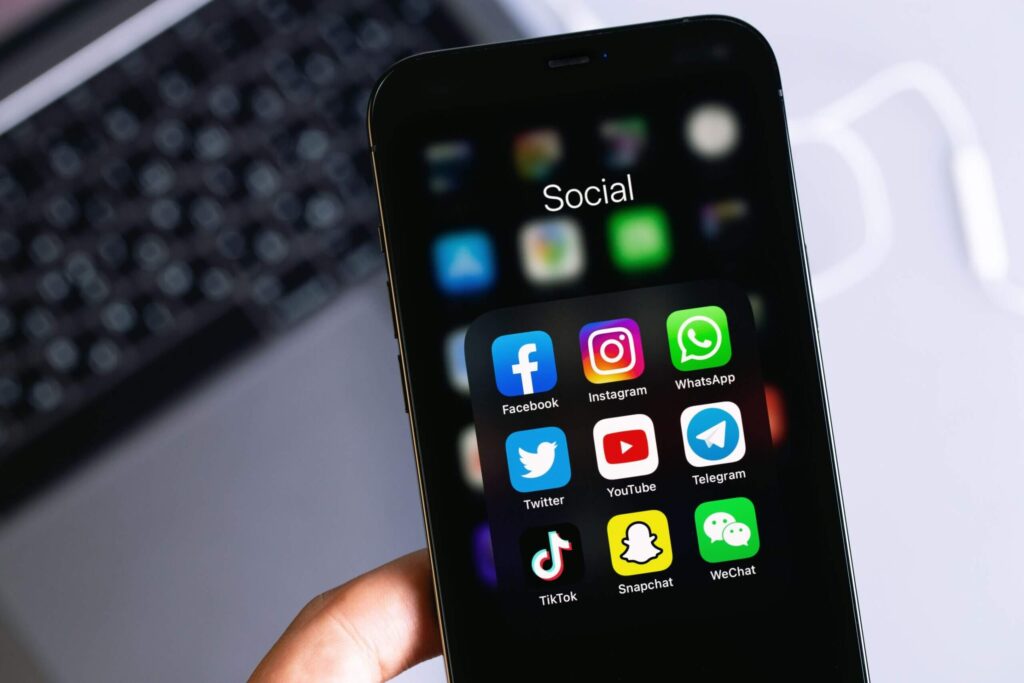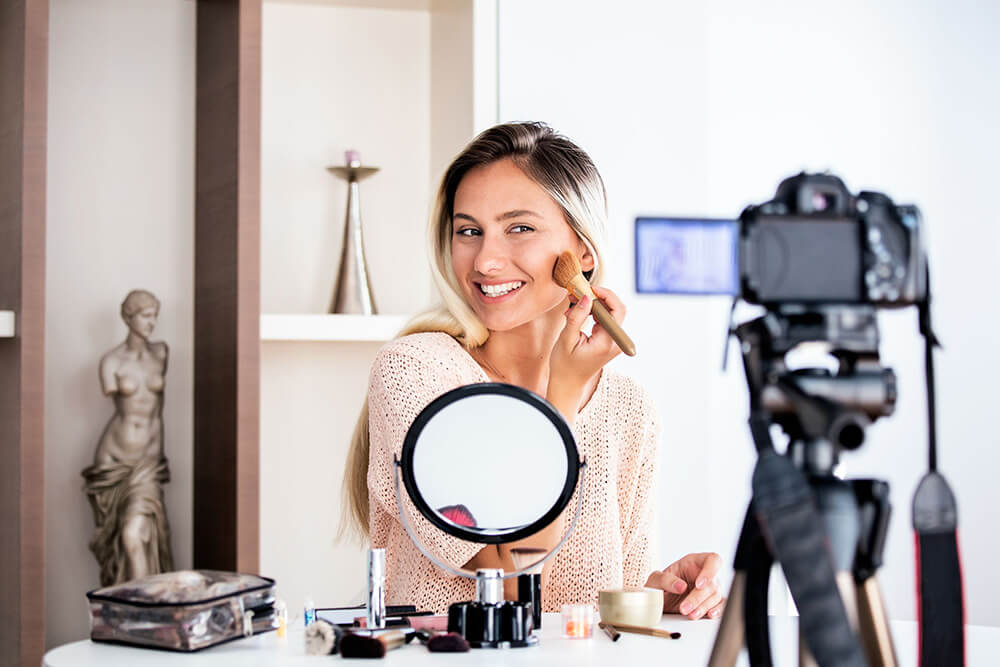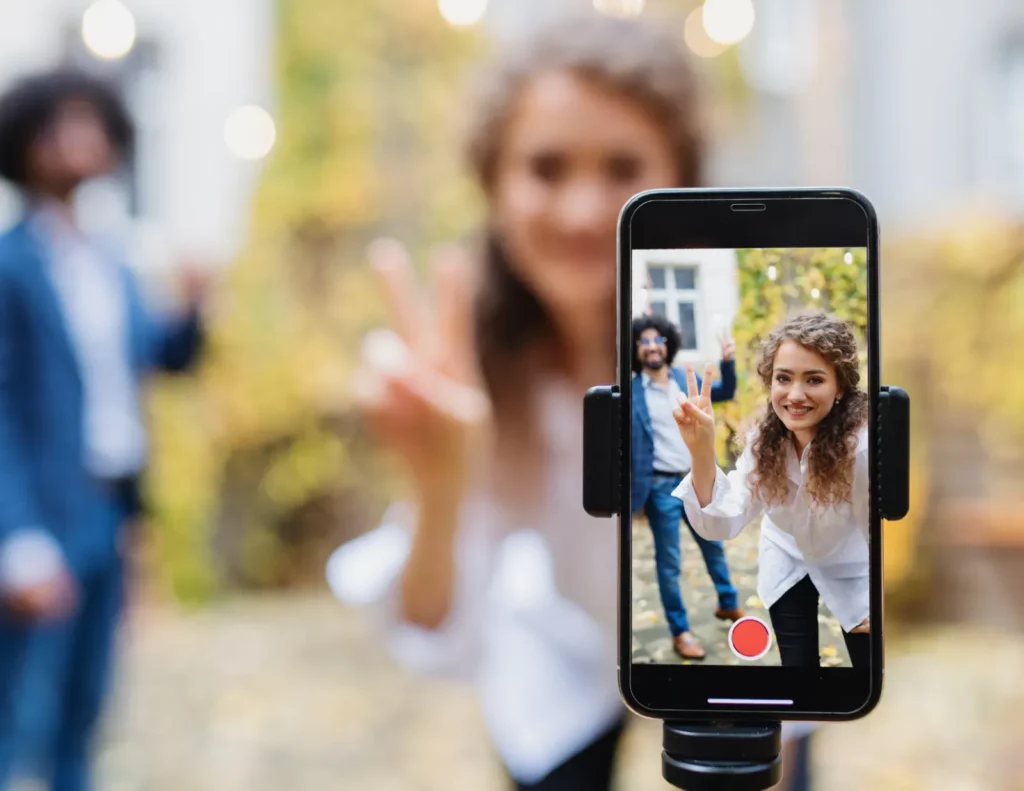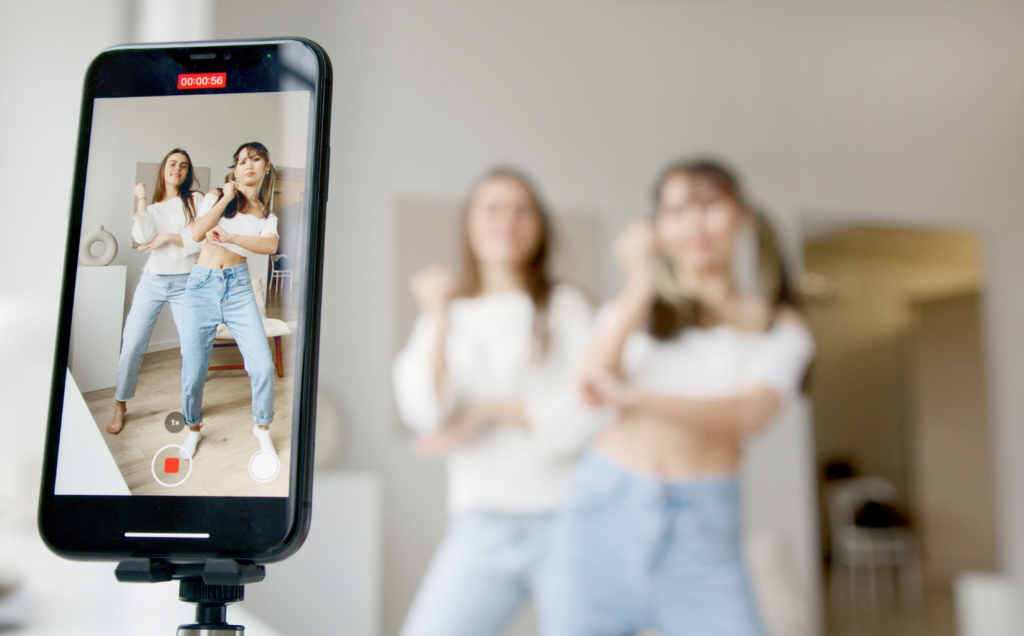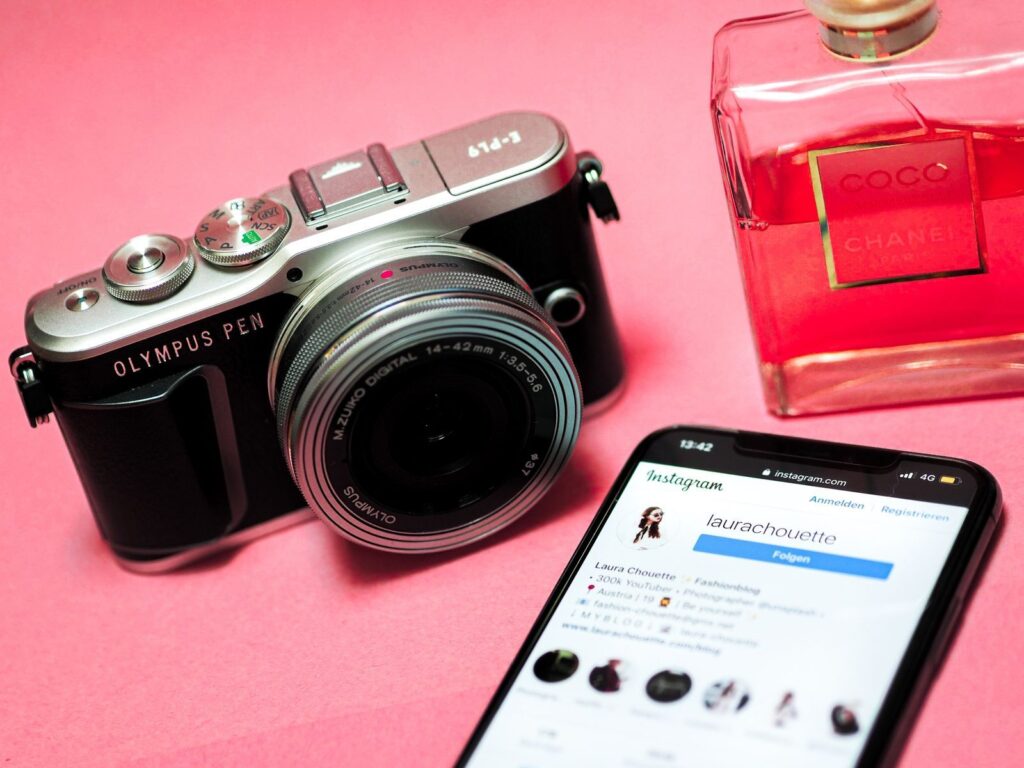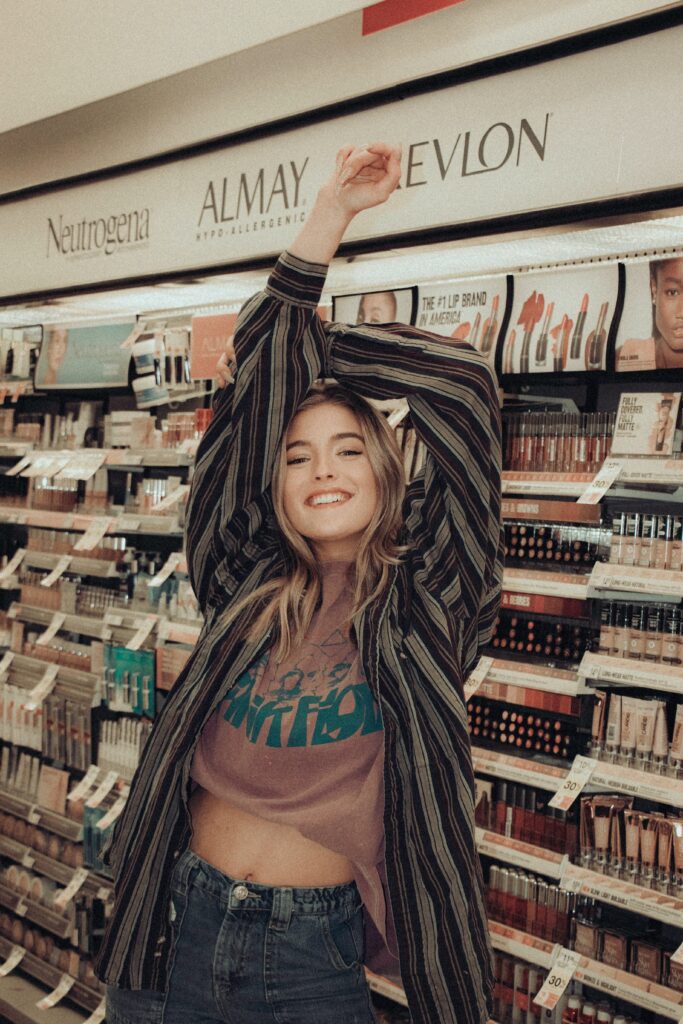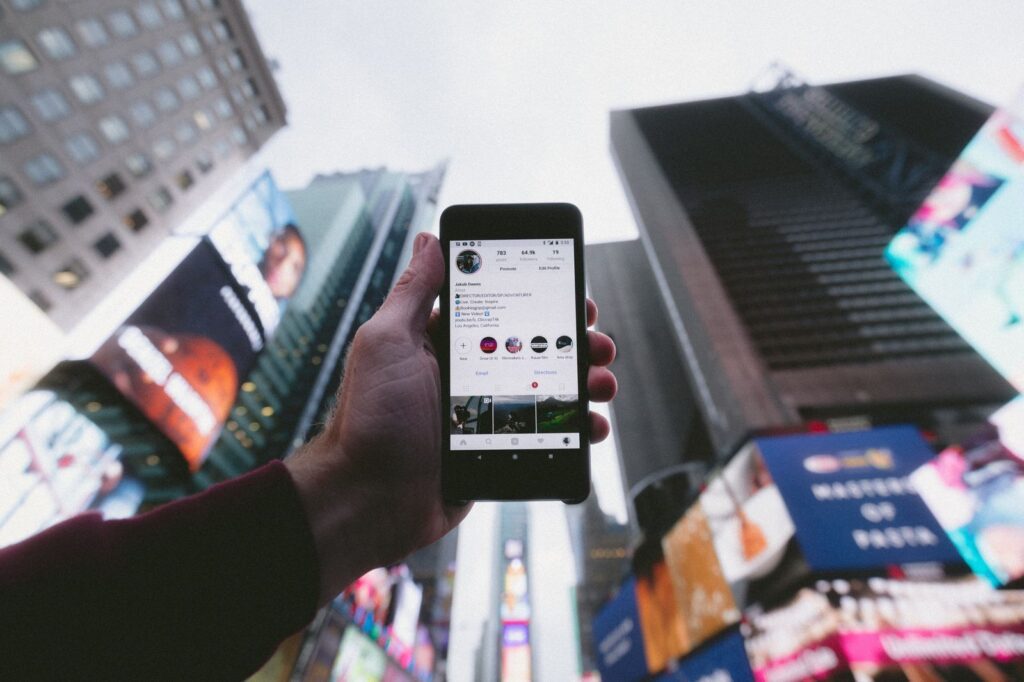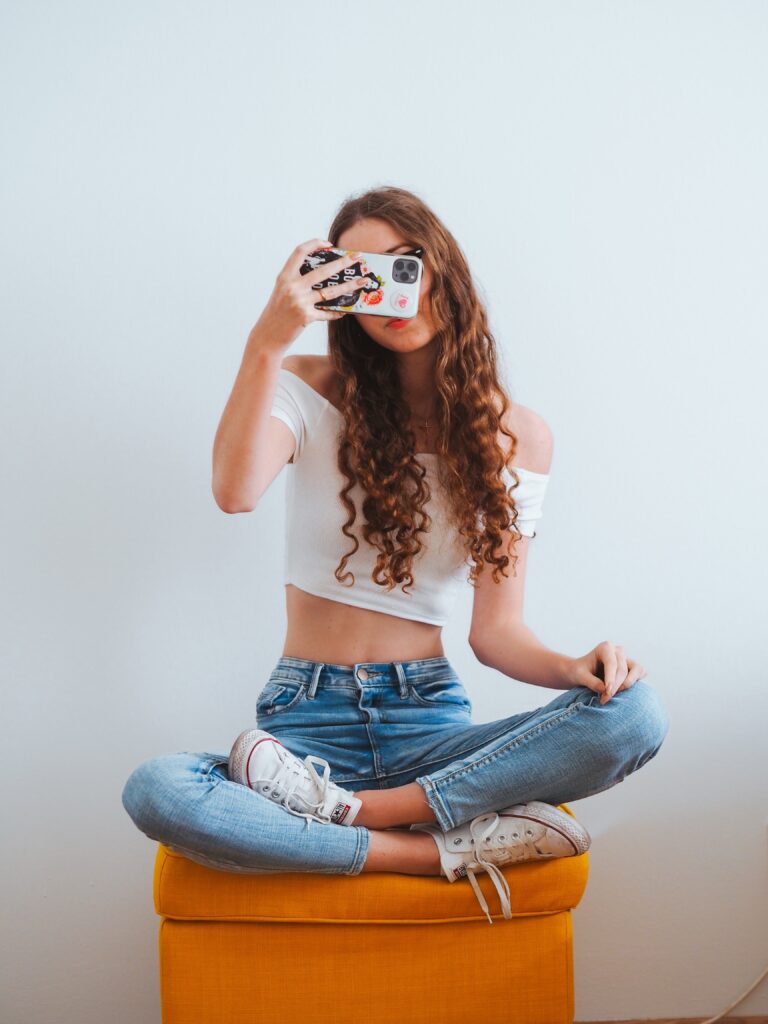The Lion's Den
Influencer Whitelisting: Everything You Need to Know
Instagram Marketing
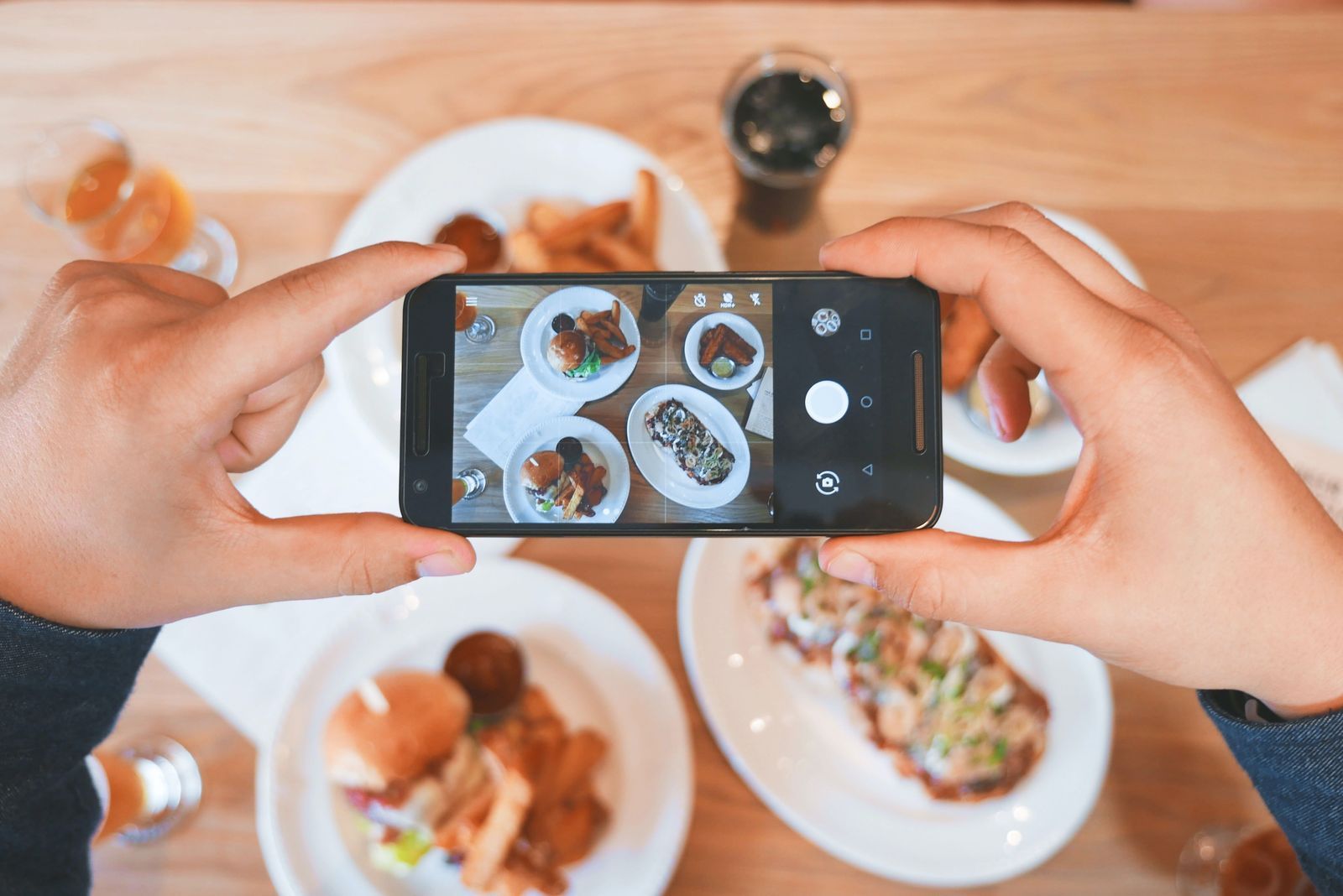
The growth of any marketing strategy is the different stages of evolution it undergoes, which is presently the similar phase of influencer marketing. Is there more to influencer marketing? Of course! What if I told you there’s a much better way to improve the effectiveness of this strategy? What if you had the opportunity to leverage your influencers’ wider reach without crowding their timeline or feed? Hold on, we’ll spill everything soon.
Daily, lots of monetization opportunities arise for content creators and brands in the influencer marketing industry and one innovative way through which this is achieved is through influencer whitelisting. Facebook and its not-so-little sister app, Instagram, have expanded their features that support a better partnership, enabling both brands and creators to optimize authentic ads.
So yes, there’s more potential in this branch of marketing with whitelisting and here we’ll be exploring this newest trend in the influencer marketing industry.

What is Influencer Whitelisting?
Whitelisting is a situation where an influencer grants or permits a brand partner to run ad campaigns under their social media accounts. Simply put, whitelisting occurs when an influencer grants a brand advertising permission through their social account. It’s a win-win strategy for both creators and brands.
One word this partnership largely depends on to be successful is trust. Trust is absolutely needed to be able to make the most out of whitelisting and that is why you must invest in finding the right influencer and building a genuine relationship. Once an influencer grants this permission, their page identities are open to the brand marketers so they can run campaigns from their ad manager.
Ideally, the permission can be granted either manually through their Facebook ad manager or through the service of whitelisting providers. Either way, you can easily optimize the ad content however you want it; edit copy or image, add CTA, etc.
How Brand-owned ad is Different from Whitelisted ad
Influencer marketing is about paid or sponsored posts on influencers’ accounts. It has far long been the most popular way to partner with social media influential creators over the years. Remember those tags on an Instagram post just below an influencer’s name —like, “paid partnership with (Brand)? Yeah, those are examples of sponsored ads or IGC.
However, whitelisting brings in a better partnership opportunity, when a brand takes these influencers generated content and flips it into a brand-owned ad. For example, the leverage to run and optimize ad content under this influencer’s account or handle. More so, whitelisting allows what is called dark post.
Dark posts are sponsored Instagram or Facebook posts that don’t show up on the creator’s timeline, page, or stories —that’s why the term “dark”. These posts also aren’t visible to the creator’s followers, unless the ad content was targeted at them, the influencer’s followers. In other words, brands can create as much ad content as they want without disturbing the influencer’s feed or page.
What Are The Benefits of Influencer Whitelisting?
This high-performance, guaranteed, partnership comes with massive advantages to both parties —both parties because whitelisting is a mutually beneficial partnership. Some advantages or benefits include;
Wider Reach
One major benefit is the maintained organic approach and constant growth through compelling content that suits their audience. Brands usually pool together so many funds in creating video ads and other traditional marketing channels.
But what we have seen so far is that influencer content appeals more and can generate higher conversion. So, by opting for whitelisting, brands will have to spend less on ads while getting a greater result. This is because when these contents are created through the brand channel, they elicit more responses and visibility owing to the brand’s prestige, value delivery, and reputation over time.
Therefore, as a reward for giving access to the brand, the influencer’s content and personal brand identity will begin to gain massive traction, more interaction with loved up intending followers, and more following which means more money in the end. The cycle repeats and both parties go to the bank smiling. This way, everybody wins.
Attract Similar Audiences
This is another upside to whitelisting and is popularly referred to as LAL (Lookalike Audiences). In this case, the concerned brand partner can utilize influencer content and make it available to more people who are likely consumers of that content.
It’s a strategic, targeted option, as you get to see how much impact your content can make while the brand gets to critically analyze how many persons out there will be likely to consume these contents. They leverage on this, gain more responsiveness from similar audiences while you enjoy your reach without having to be a bore to your followers. They get to do all the hard work so you don’t have to.
Limit The Need To Exhaust Followers
One major magic this strategy brings to the table is that it helps in limiting the need to exhaust or bore your followers. Specifically, this means that brands create a post known as a dark post, which is a kind of social media ad post from Facebook or Instagram where the news feed of the influencer remains undisturbed as the created content doesn’t appear on his/her timeline, page or stories.
So, the influencer wouldn’t have to appear with multiple ad pages in the faces of their audience all day long because you wouldn’t need to post every ad directly to your page. This way, you don’t end up irritating your hard-earned followers and now you can go ahead to get multiple gigs while leveling up your brand game and making more money.
Measured Progress
We already know how important these partnerships can be and how expensive they could be when compared to traditional advertising. Therefore, it’s highly expected that this unique approach meets the set targets. Whitelisting promises measurable progress as it is structured in such a way that the concerned ads can be fully tracked and measured.
It’s more like knowing exactly where every dime from your paycheck is going. This means that the brands set up digital structures through google analytics to monitor impressions, click-to conversions, and even successful call to action. Everyone gets to see practically how much progress is made over time and what needs to be improved for more impact, reach, and finances.
What Are The Potential Challenges of Influencer Whitelisting?
Influencer whitelisting, while a valuable strategy for targeted advertising, poses several challenges that brands and influencers need to navigate effectively. Here are some challenges associated with influencer whitelisting:
- Authenticity Concerns: Influencers are valued for their authentic voice and genuine connection with their audience. Over-reliance on whitelisting may lead to an over-commercialized content feed, potentially diminishing the authenticity that followers seek from influencers.
- Potential Follower Mistrust: If audiences perceive that influencers are consistently promoting whitelisted content without proper disclosure or a genuine connection to the products or services, it can lead to mistrust. Followers may question the authenticity of recommendations.
- Algorithm Changes: Social media platforms frequently update their algorithms, affecting content visibility. Relying solely on influencer whitelisting may make campaigns vulnerable to sudden changes, impacting reach and engagement.
- Follower Fatigue: Consistently showcasing whitelisted content might lead to follower fatigue. If audiences feel overwhelmed with promotional material, they may disengage or unfollow the influencer, diminishing the effectiveness of the campaign.
- Limited Creative Freedom: Whitelisting often involves promoting specific content created by the brand. Influencers may face limitations in expressing their creativity and personal style, potentially making the content feel forced or less authentic.
- Influencer Burnout: Constant promotion of whitelisted content may contribute to influencer burnout. If influencers feel pressured to consistently produce promotional material, it can negatively impact their well-being, creativity, and overall enthusiasm for collaborations.
- Dependency on a Few Influencers: Relying on a small group of influencers for whitelisting may expose brands to risks if those influencers face controversies or issues. The brand’s reputation may become closely tied to the influencers they collaborate with.
- Potential Regulatory Issues: Inadequate disclosure of whitelisted content can lead to regulatory issues. Compliance with disclosure regulations, such as those set by the Federal Trade Commission (FTC) in the United States, is crucial to avoid legal consequences.
- Difficulty in Measurement: Measuring the success of influencer whitelisting campaigns can be challenging. Determining the exact impact on brand awareness, engagement, and conversions requires robust analytics, and attributing these outcomes solely to influencer whitelisting can be complex.
- Intellectual Property Concerns: Brands must ensure that they have the right to use and promote influencer-generated content. Failure to clarify intellectual property rights in contracts may lead to disputes over content usage.
To overcome these challenges, brands and influencers need to carefully plan their influencer marketing strategies, balancing whitelisting with other types of content to maintain authenticity and engagement. Communication, transparency, and collaboration are essential elements in addressing these challenges and building successful, long-term influencer partnerships.
Choosing The Type of Content To Promote As Whitelisted Ads
Deciding to choose among alternatives can be a difficult choice, we are so careful not to make our choices a flop and it is quite understandable. However, when it comes to content creation, visibility and acceptance, one has to be really practical and try out some experimental stuff.
Though, you should always bear in mind that any strategy you choose to utilize should be one that doesn’t distort your central message and should also be one that has brought successful results in previous times. Certain factors in the test-and-invest methods when it comes to whitelisting potential contents for ads include;
Niche: Every influencer comes with their uniqueness and style. So coming up with content that meets your standard of a whitelisted ad can be way subjective. It makes sense to try out different influencers/creators and find out who is on the same page with your target audience. Bringing creators from different niches would not only spice up your brand message but would give you an idea of who’s got your audience’s heart.
For instance, you’d be amazed that your audience feels more engaged seeing content with a more crazy and flashy color mix rather than the bold natural aesthetic. Keep experimenting, till you’ve got a hold of what works best and garners the most engagements.
Copy & Creativity: This is also another critical factor to consider while thinking of shortlisting a post for whitelisted ads. This is because our proposed audience has different reactions to content, while some love written content, some might just prefer visuals more to notes. Therefore, becoming a sort of ache to you. In your best interest, experimenting in times like this shouldn’t go old. Try a variation of long captions, short captions, catchy headlines, visuals, and others analyzing critically to find that magic wand that keeps your audience most glued to your contents.
Call To Action: Also referred to as CTA, this is one of the most important when it comes to whitelisting as a whole because it’s the last step before a major action is taken by your audience. Action of purchases, correspondences, product reviews, and the likes is made possible through the call-to-action option. Strategically, try varying call-to-action prompts such as “Shop Now” instead of “Read More” to see what drives the most impact for you. Getting a good knack on this could make all the difference.
.jpeg)
What Are The Ethical and Legal Considerations for Influencer Whitelisting?
While influencer whitelisting can be an effective strategy for targeted marketing, there are ethical and legal considerations that brands and influencers should keep in mind:
1. Transparency and Disclosure: Influencers should be transparent about their relationship with the brand and disclose any partnerships or collaborations. Misleading followers by not disclosing a business relationship can harm trust. Various countries and platforms have specific disclosure regulations. Adhering to these guidelines is crucial to avoid legal consequences. For instance, the Federal Trade Commission (FTC) in the United States requires influencers to clearly disclose any material connection with a brand.
2. Data Privacy: Brands and influencers should prioritize the protection of user data. Obtaining explicit consent for data collection and ensuring its secure handling is essential. Compliance with data protection laws, such as the General Data Protection Regulation (GDPR) in the European Union, is crucial. Brands and influencers need to be aware of the data privacy regulations applicable to their target audience.
3. Authenticity and Genuine Endorsements: Brands should avoid manipulating or pressuring influencers to give positive reviews or endorsements. Authenticity is key to maintaining credibility with the influencer’s audience. Misleading advertising practices can lead to legal consequences. Brands and influencers should ensure that their endorsements are truthful and not misleading.
4. Fair Compensation and Contracts: Influencers should be fairly compensated for their work. Unfair compensation or exploiting influencers can harm relationships and reputation. Clear contracts should be in place outlining the terms of the collaboration, including compensation, deliverables, and timelines. These contracts provide a legal framework and can be used to resolve disputes if they arise.
5. Target Audience Appropriateness: Ensure that influencers align with the brand’s values and that the target audience is appropriate for the content. Misalignment can lead to a loss of credibility. Certain industries, such as those involving alcohol or health products, may have specific regulations regarding target audiences. Adherence to these regulations is essential.
6. Intellectual Property Rights: Respect the intellectual property rights of influencers. Obtain permission before using influencer-generated content in other contexts. Clearly outline intellectual property rights in contracts to avoid any disputes over the use of content. This includes specifying how the brand can use the influencer’s content beyond the initial campaign.
By being mindful of these ethical and legal considerations, both brands and influencers can foster positive collaborations, maintain trust with audiences, and mitigate the risk of legal issues. It’s important to stay informed about relevant regulations and industry standards to ensure compliance.
Conclusion
Whitelisting remains a very powerful influencer marketing strategy when it is done the right way. It unlocks a chunk of possibilities to both the influencers and the involved brands, possibilities such as larger targeted reach, lower ad spending, more patronage. More so, certain practices such as a detailed written agreement between both parties, communication, tracking of progress, and building of trust can be a handful in ensuring a profitable successful partnership.


